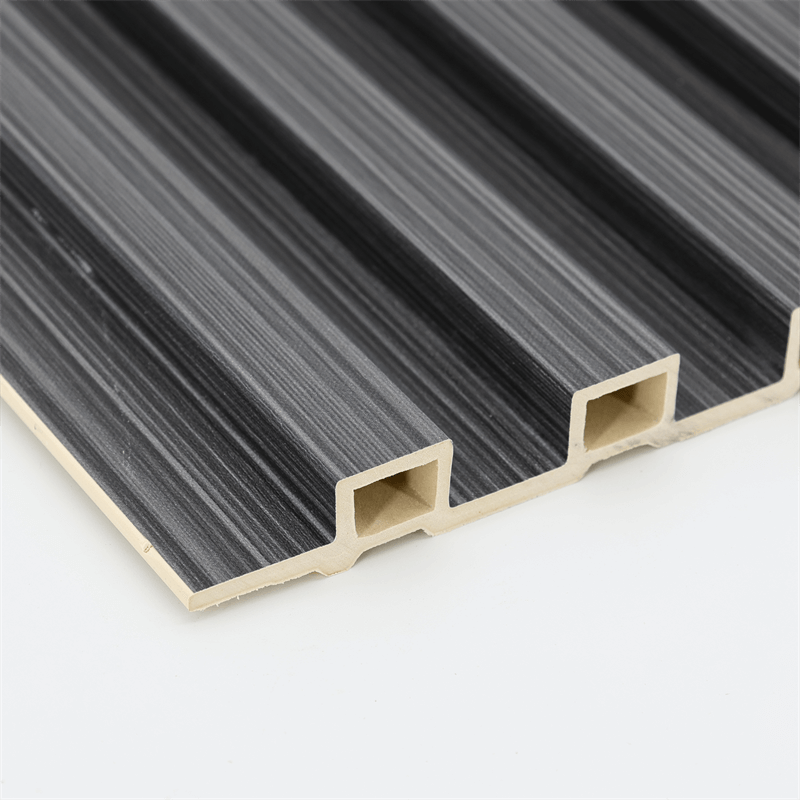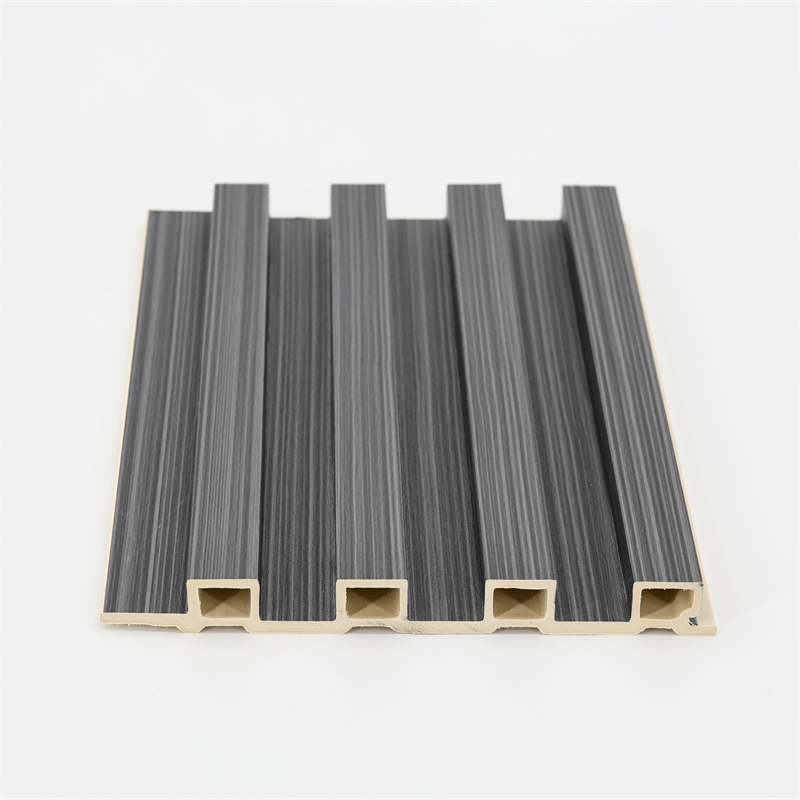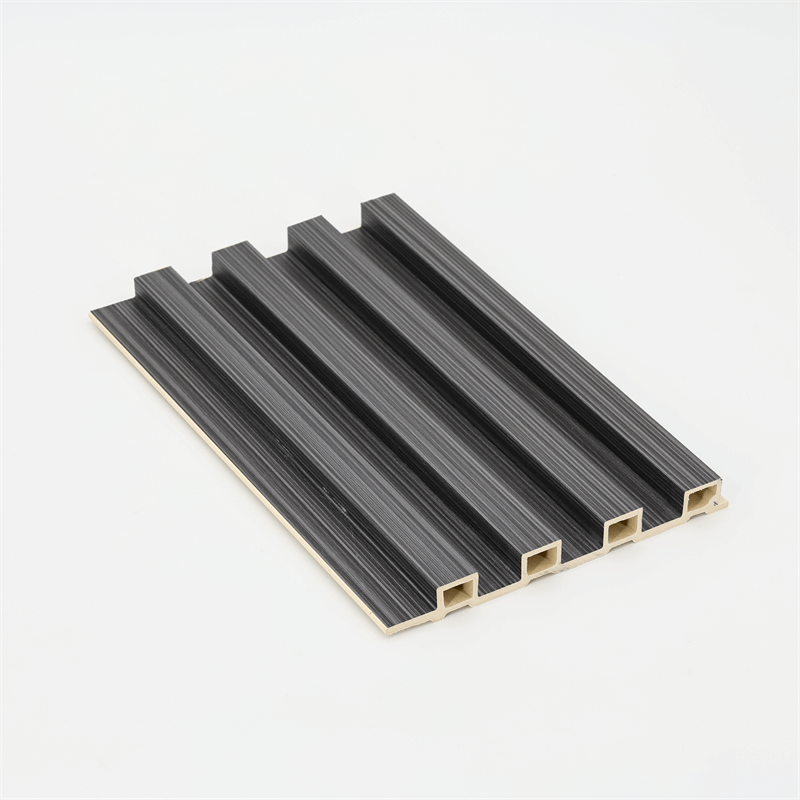In the realm of architecture and interior design, aesthetics play a crucial role in creating visually captivating spaces.
WPC (Wood-Plastic Composite) wall panels have emerged as a revolutionary material that offers a perfect blend of beauty and functionality.
This essay explores the visual impact of WPC wall panels, examining their versatility in design, stunning finishes and textures, ability to mimic natural materials, and contribution to modern architectural trends.
By understanding the visual advantages of WPC wall panels, architects, designers, and homeowners can harness their potential to create spaces that are visually stunning, engaging, and inspiring.
I. Versatility in Design: Transforming Spaces with WPC Wall Panels:
WPC wall panels offer unparalleled versatility in design, allowing architects and designers to transform spaces and bring their creative visions to life.
This section explores the various design possibilities offered by WPC panels, highlighting their ability to adapt to diverse architectural styles and design aesthetics.
Whether used as full wall cladding, decorative accents, or innovative geometric patterns, WPC panels can be customized to suit the unique requirements of any project.
The wide range of design options, finishes, and colors available with WPC wall panels enables the creation of dynamic and visually striking spaces that leave a lasting impression.
II. Stunning Finishes and Textures: Elevating Aesthetics to New Heights:
One of the defining characteristics of WPC wall panels is their ability to replicate the appearance and texture of natural materials, such as wood, stone, or brick.
This section delves into the stunning finishes and textures offered by WPC panels, showcasing their ability to elevate the aesthetics of any space.
With advancements in technology, WPC panels can perfectly mimic the grain, texture, and color variations of natural materials, providing a visually appealing alternative that is often more cost-effective and sustainable.
From sleek and contemporary designs to rustic and traditional styles, WPC panels offer an array of finishes and textures that enhance the visual impact of any architectural or interior design project.
III. Mimicking Natural Materials: Sustainable and Striking Visual Appeal:
While WPC panels excel at mimicking natural materials, they also offer distinct advantages over their natural counterparts.
This section explores the unique visual appeal of WPC wall panels in replicating natural materials, such as wood or stone, while providing additional benefits.
WPC panels eliminate the drawbacks associated with natural materials, such as susceptibility to rot, decay, or insect damage.
They offer a consistent appearance that remains unaffected by environmental conditions, ensuring a visually stunning and long-lasting solution.
The ability of WPC panels to mimic natural materials allows for the creation of environmentally sustainable spaces that embrace the beauty of nature without compromising on durability or functionality.
IV. Contribution to Modern Architectural Trends:
Embracing Contemporary Design: WPC wall panels have become synonymous with modern architectural trends, making a significant impact on the design landscape.
This section explores how WPC panels contribute to contemporary design concepts, such as minimalism, sleek lines, and innovative use of materials.
The clean and streamlined appearance of WPC panels, along with their ability to create large, uninterrupted surfaces, aligns perfectly with the principles of modern architecture.
They enable architects and designers to achieve minimalist aesthetics, where the focus is on simplicity, functionality, and visual impact.
By embracing WPC wall panels, professionals can create spaces that reflect the current design trends while providing a visually striking and cohesive environment.
WPC wall panels offer a visual marvel that transcends traditional materials, enabling architects, designers, and homeowners to create spaces that are aesthetically captivating, versatile, and sustainable.
The versatility in design, stunning finishes and textures, ability to mimic natural materials, and contribution to modern architectural trends make WPC panels a powerful tool for transforming spaces into visual masterpieces. With their ability to adapt to various design aesthetics, WPC panels offer endless possibilities to create unique and visually stunning environments.
By understanding the visual advantages of WPC wall panels, professionals can leverage their potential to create visually captivating spaces that inspire and engage.
Whether used in residential, commercial, or public applications, WPC panels elevate the aesthetics of any project, offering a cost-effective, sustainable, and visually striking solution.
By embracing the aesthetic marvels of WPC wall panels, architects, designers, and homeowners can unleash their creativity and embark on a journey of creating spaces that are visually extraordinary and visually impactful.
From sleek and contemporary designs to rustic and traditional styles, the stunning finishes and textures offered by WPC wall panels provide a wide range of options to suit any design preference.
The ability of WPC panels to replicate the appearance and texture of natural materials is truly remarkable,
allowing for the creation of spaces that exude the warmth and beauty of wood, the elegance of stone, or the charm of brick.

The attention to detail in mimicking these natural materials is evident in the grain patterns, color variations, and tactile qualities of WPC panels,
resulting in a visually appealing alternative that is often indistinguishable from the real thing.
Moreover, the ability of WPC wall panels to mimic natural materials goes hand in hand with the principles of sustainability and eco-conscious design.
By opting for WPC panels, architects, designers, and homeowners can embrace the beauty of natural materials without contributing to deforestation or depleting limited resources.
The use of recycled wood fibers and plastics in the manufacturing process of WPC panels further enhances their eco-friendly appeal, making them a responsible choice for those who prioritize sustainable design practices.
In addition to their ability to mimic natural materials, WPC wall panels contribute to modern architectural trends by embracing contemporary design concepts.
The clean lines, sleek surfaces, and minimalist aesthetics offered by WPC panels perfectly align with the principles of modern architecture, where simplicity and functionality are key.
These panels enable the creation of seamless and uninterrupted surfaces, providing a visually striking backdrop that enhances the overall design of a space.
Whether it’s a residential home, a commercial building, or a public space, incorporating WPC wall panels allows for the integration of contemporary design elements,
creating environments that are visually appealing and in tune with current architectural trends.
In conclusion, WPC wall panels are not only aesthetically pleasing but also offer a range of practical advantages.
Their versatility in design allows for the transformation of spaces into visually captivating environments.
The stunning finishes and textures offered by WPC panels replicate the appearance and texture of natural materials, offering a cost-effective and sustainable alternative.
Additionally, WPC wall panels contribute to modern architectural trends by embracing contemporary design concepts and providing a visually striking backdrop.
By harnessing the visual impact of WPC wall panels, professionals in the field of architecture and design can create spaces that are not only visually stunning but also functional, sustainable, and in harmony with the latest design trends.


